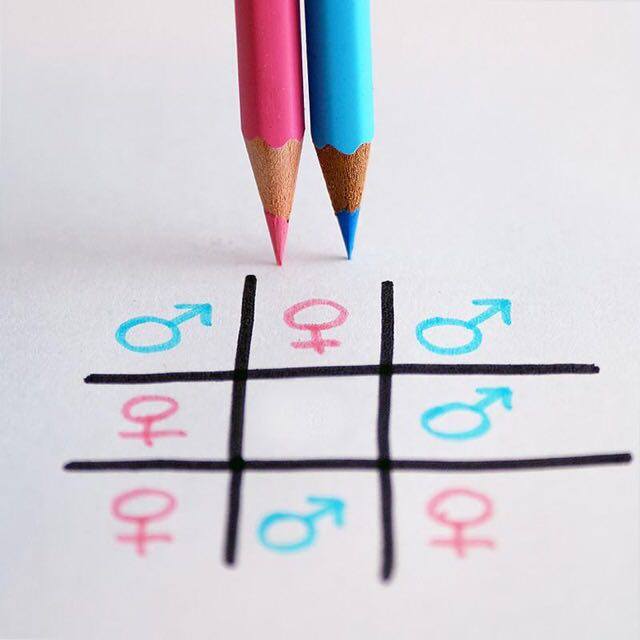| Author: Vera Kokkali |
 The centrality of gender equality, women’s empowerment and the realization of women’s rights in achieving social justice has been increasingly recognized in recent decades. This recognition is evident in a number of international norms and agreements. Despite the fact that there are international laws which protect women’s right to education, in many countries, girls are not allowed to attend the school. Violence, conflicts, early marriage, traditional attitudes and extreme poverty are the most in common problems that keep away young women from education. In fact, women represent the two thirds of the world’s 775 million illiterates. Although, even if we are talking about the situation in developed countries, women still face remarkable challenges and obstacles when they decide to follow an academic career.
The centrality of gender equality, women’s empowerment and the realization of women’s rights in achieving social justice has been increasingly recognized in recent decades. This recognition is evident in a number of international norms and agreements. Despite the fact that there are international laws which protect women’s right to education, in many countries, girls are not allowed to attend the school. Violence, conflicts, early marriage, traditional attitudes and extreme poverty are the most in common problems that keep away young women from education. In fact, women represent the two thirds of the world’s 775 million illiterates. Although, even if we are talking about the situation in developed countries, women still face remarkable challenges and obstacles when they decide to follow an academic career.
Family is where we first start to be taught about gender roles. Gender discrimination learned from the parents or other siblings sets the scene for the way a girl is treated throughout her life, and the way she sees herself. Gender norms taught at home influence how women perceive their intelligence, their self-esteem, and their chances for the future. In cases when the parents believe that boys are made to be more powerful and succeeded, they motivate them to study and follow their dreams, but this is not what happens with the girls. Parents sometimes demote girls by thinking that their role is to get married and keep the household.
Media, as it has a great influence on the society, affects the way we think and act. Media do not inspire women to become scientists or to follow an academic career. Actually, they often underestimate them by presenting stereotypes out of date and by sexually objectifying them.
A lot of images of half-naked women are presented everyday mostly in advertising. The truth is, there are more chances to see a woman in advertising than news. This is exactly why it could be said that media give the impression that women do not contribute enough to the society.
We should not forget that sexism is a kind of bullying. Many female scientists and PhD candidates reveal that they face discrimination at their workplace from their male colleagues and their professors. Furthermore, only 15 % of full professors in European universities are women, and when it comes to decision-making scientific boards, women are under-represented. As if all this were not enough, women PhD candidates often have an experience that men never do. They are told that they will meet problems along the way simply because they are women; in other words, that their gender will work against them. Many women report being placed in a kind of “double-bind” in which they are expected to represent a “woman’s” perspective, and then criticized for always representing a gendered point of view. This reinforces gender inequities, which in turn hinder women’s advancement in the academy. This status quo raises serious questions about gender equality and the role of women in higher education.
According to the article 10 of the Convention on the Elimination of All Forms of Discrimination against Women, States have the obligation to take all the appropriate measures to eliminate discrimination against women in order to ensure them equal rights with men in the field of education. When all people have access to a quality education rooted in human rights and gender equality, it creates a ripple effect of opportunity that influences generations to come.
Evaluation of research, teaching, and service should be based on standards of the profession and should not be based on the gender of the researcher or professor or the subject of academic inquiry. Women must be treated like equal colleagues and equal members of the academy. Departments also need to appreciate the centrality of research and teaching on gender. Governments should focus on the reduction of gender disparities through interventions at national, local and community levels aimed at empowering women. Workplace culture can be made more supportive by insisting that staff, students, and administrators address and treat male and female faculty and students equally, i.e., avoid addressing male faculty as Dr. or Prof. and female faculty as Mrs., Ms., or Miss (or first name).
Also, a workplace culture that better supports family life will benefit men and women both but will be especially important to women faculty members. Recognizing that meeting family obligations does not mean diminished professional commitment.
Gender equity can be fostered by placing women on committees strategically, so that they are in a position to advance gender equity, and working with faculty regardless of gender to develop teaching schedules compatible with ongoing research. Academic institutions have to shed off the more traditional stance usually taken that tends to exclude women’s participation. They have to emulate other institutions that have tried to promote gender equality through deliberate programs to recruit women to boost their numbers in academia. They should offer institutional support to women academics and other male colleagues in their efforts to promote gender equality and women’s human rights if we are to integrate gender equality as an essential element in development strategies. Although women academics have made some contributions towards the promotion of gender equality, there is need for a more concerted effort to make their role and impact more effective. This will require support from institutions of higher learning, local networks, governments and support from international organizations.
To achieve quality in science, equality is required. The leaders of science should commit themselves to do everything possible to resist gender stereotyping, and give women the same opportunities with men, too.
REFERENCES:
- BBC NEWS website
- UNESCO website
- The Guardian website
- UN Women


























